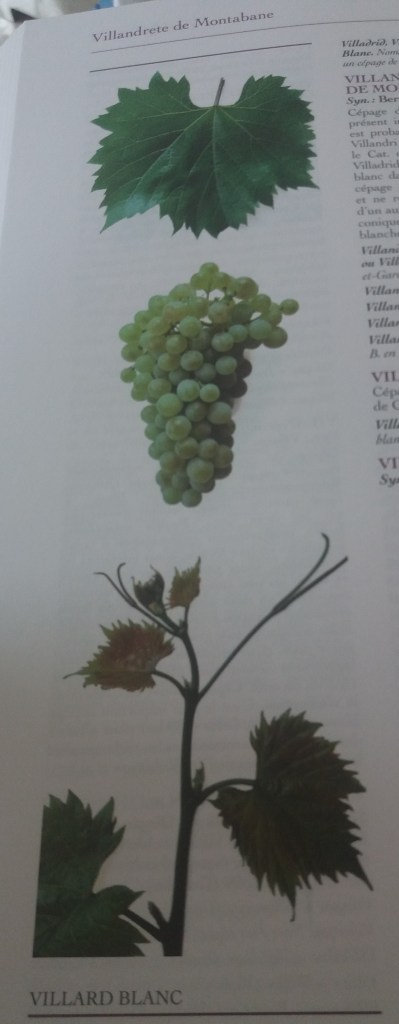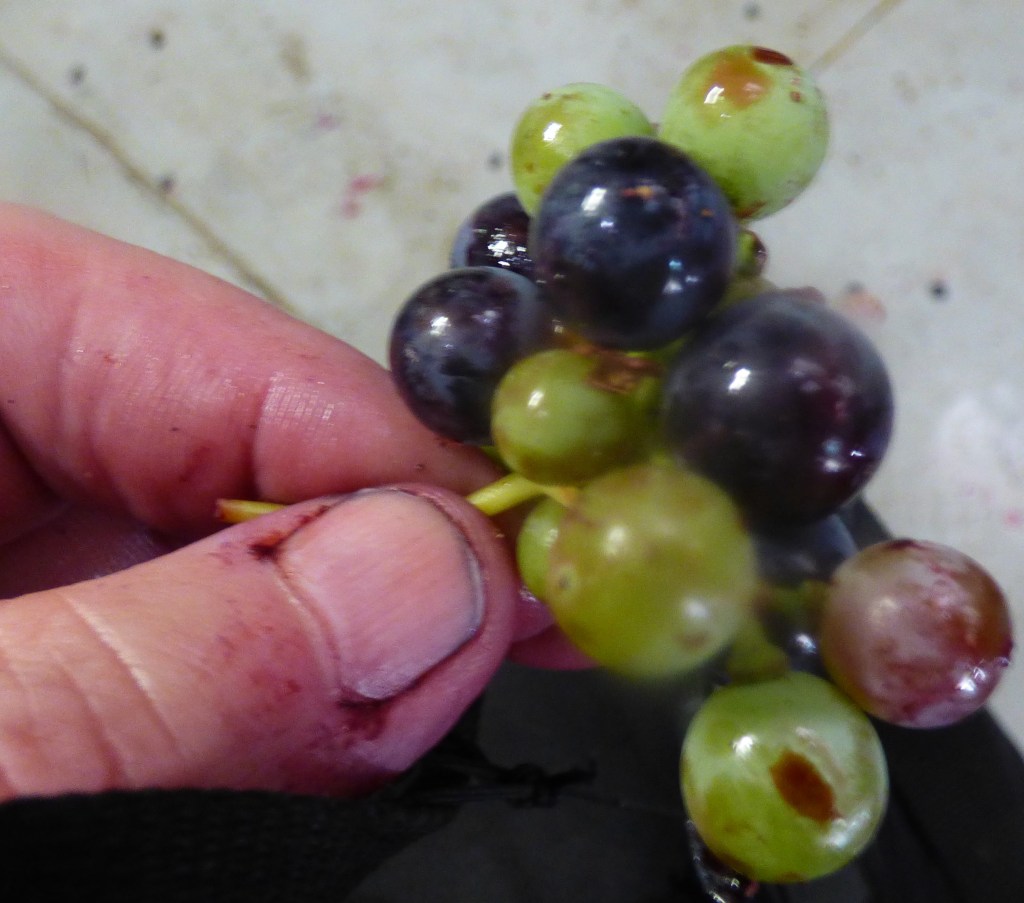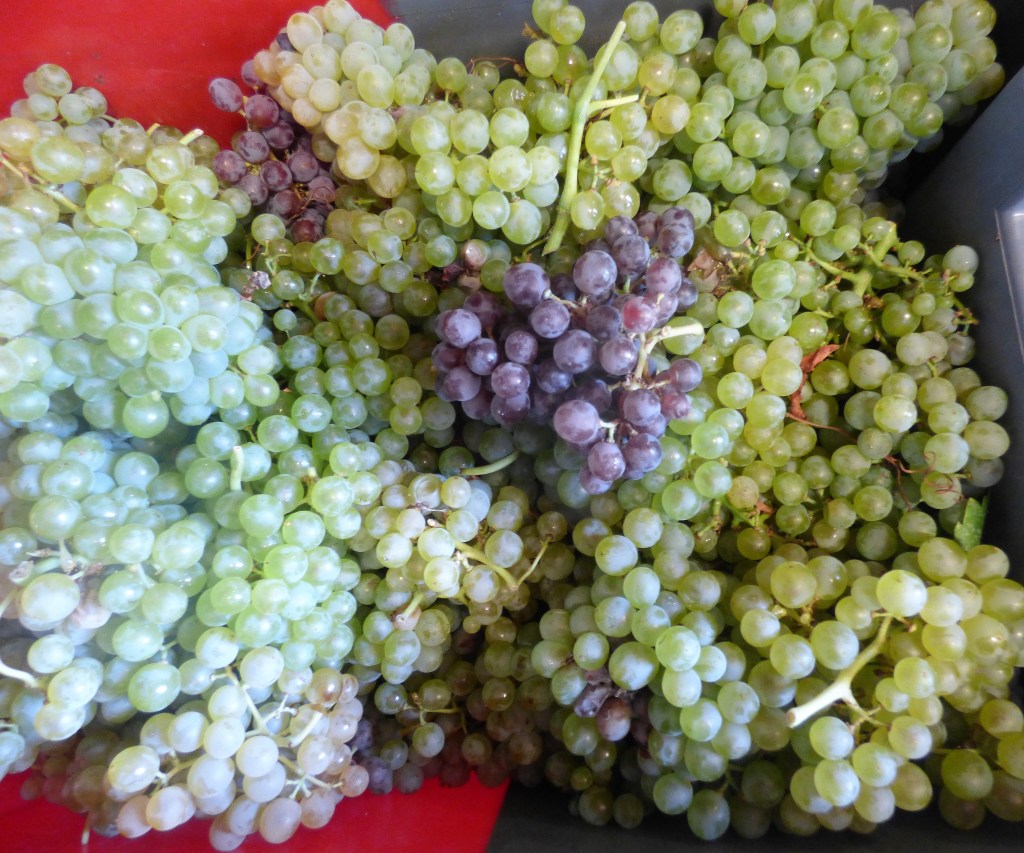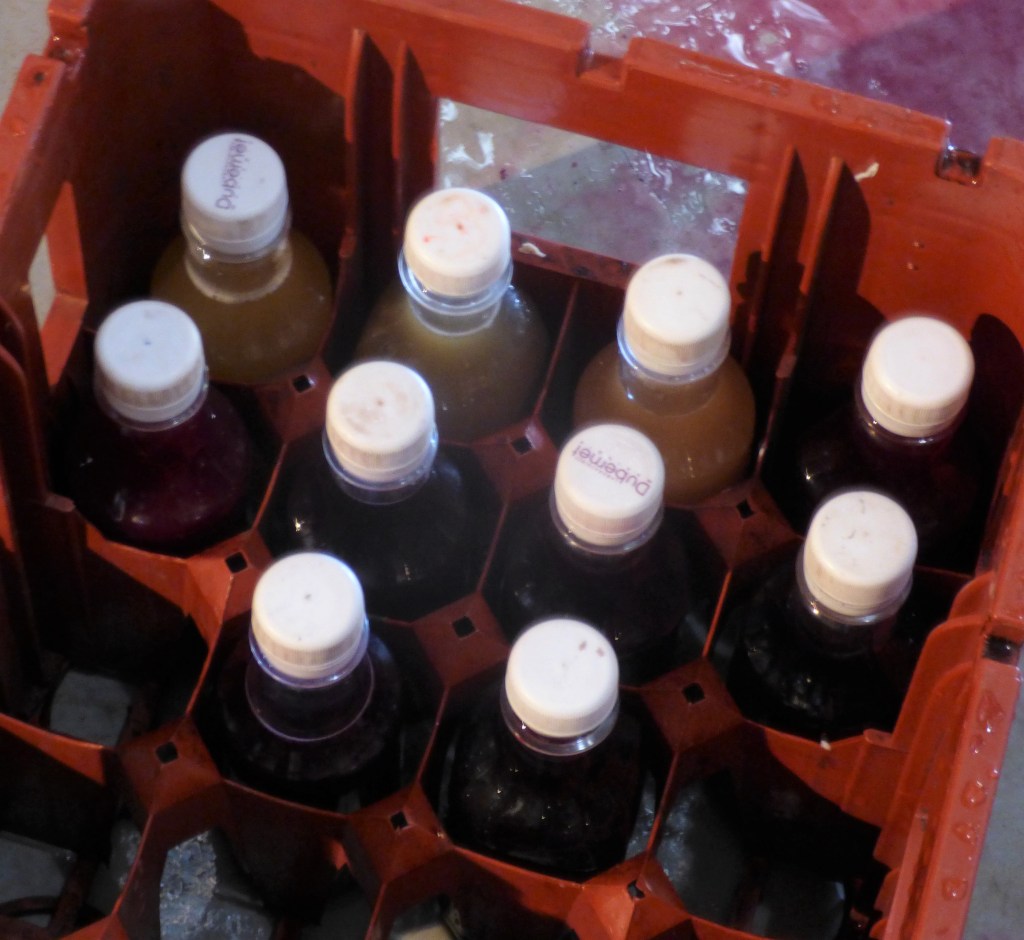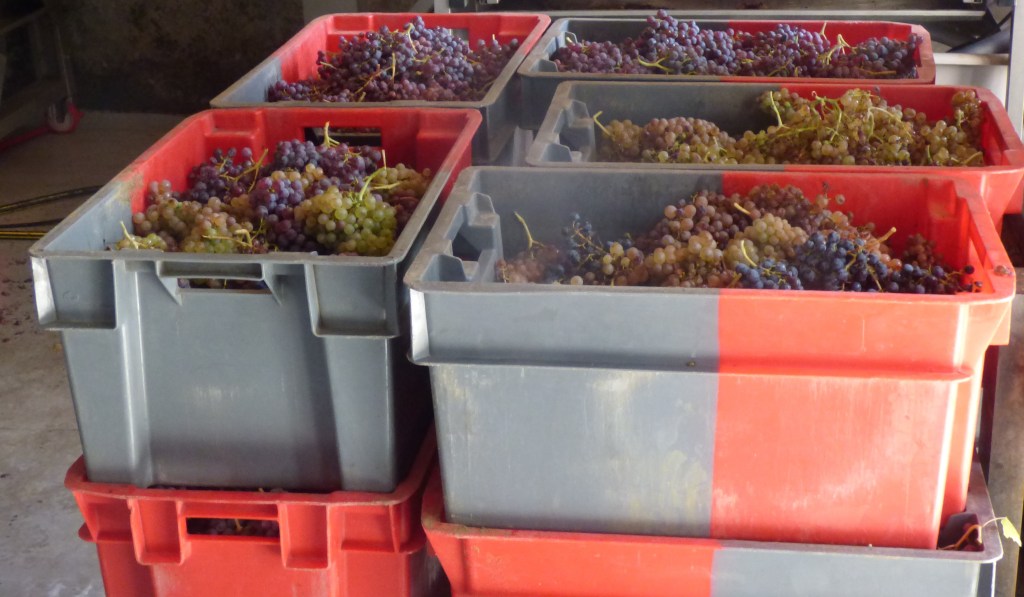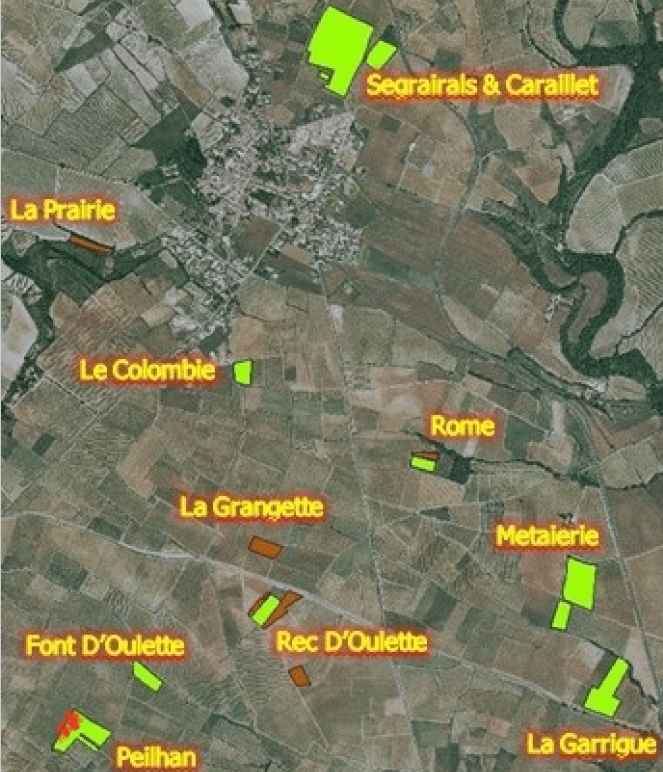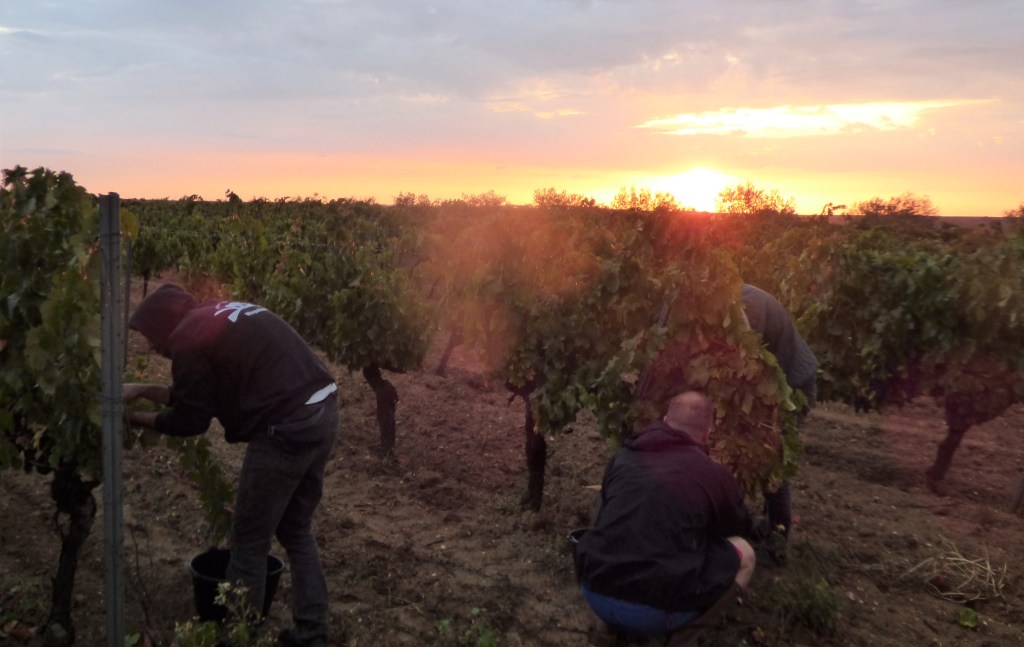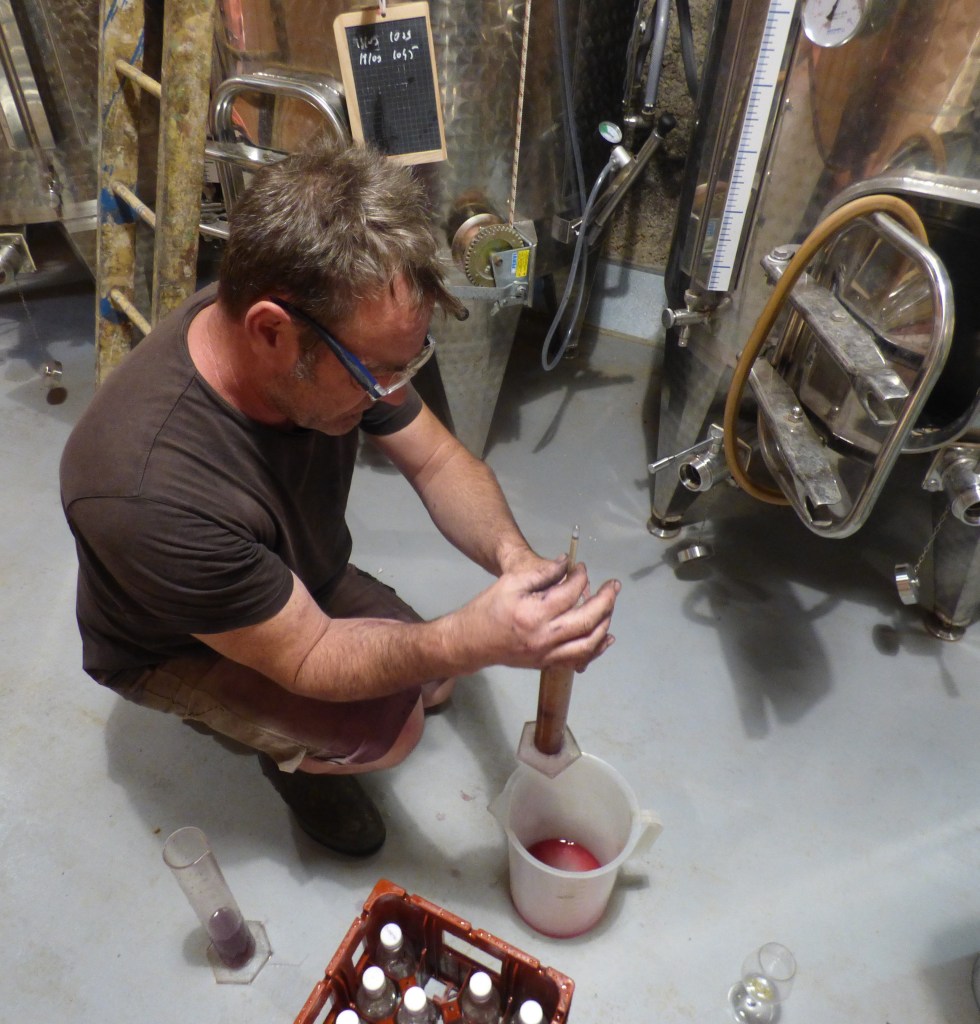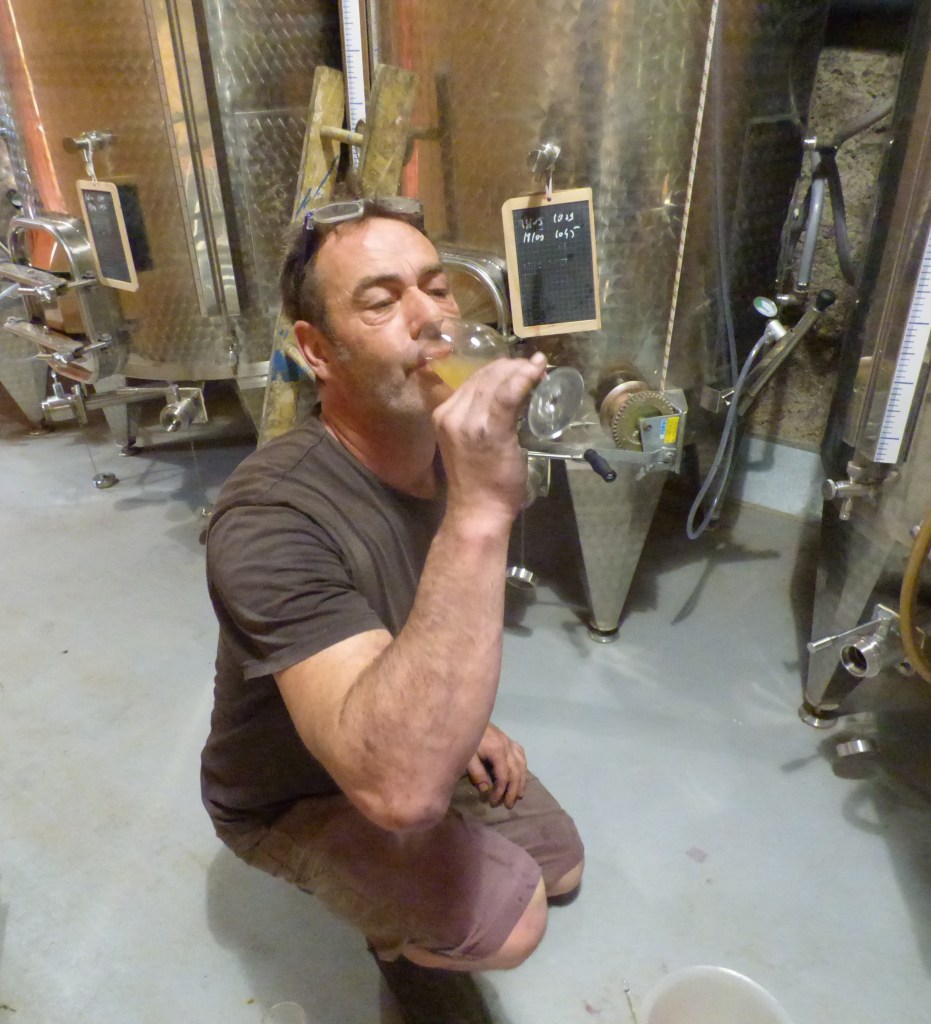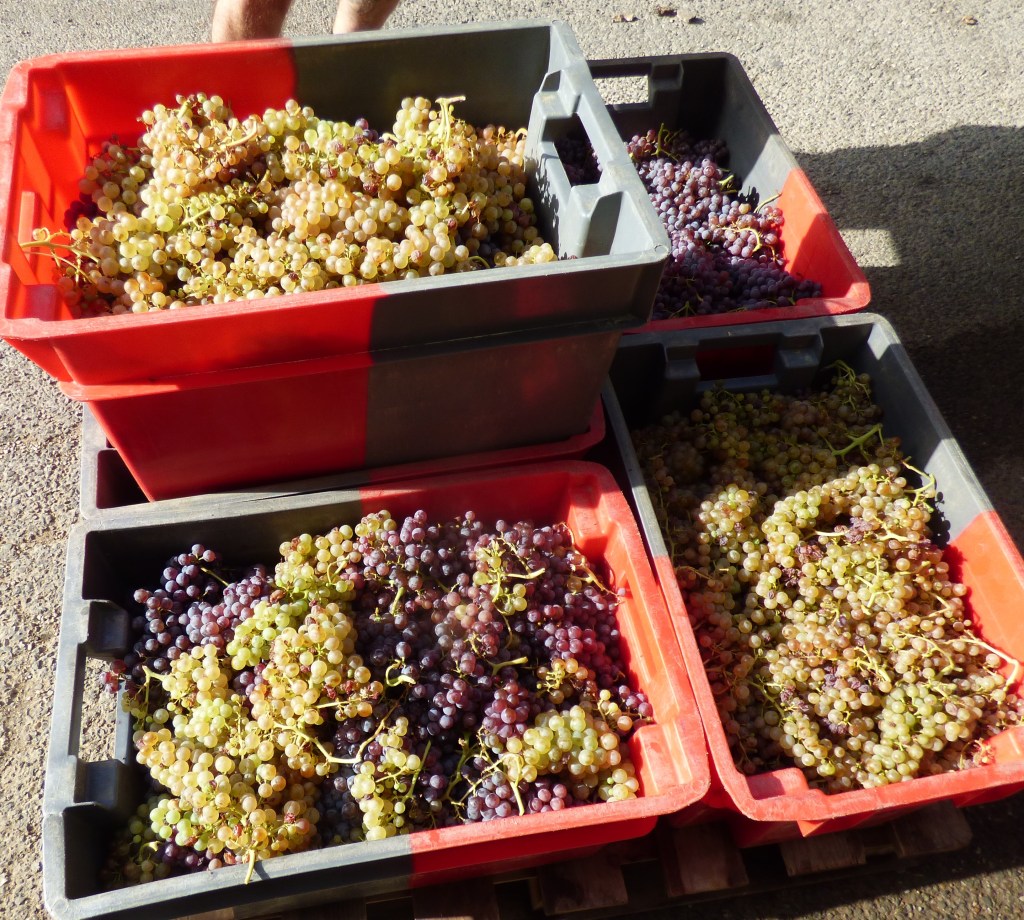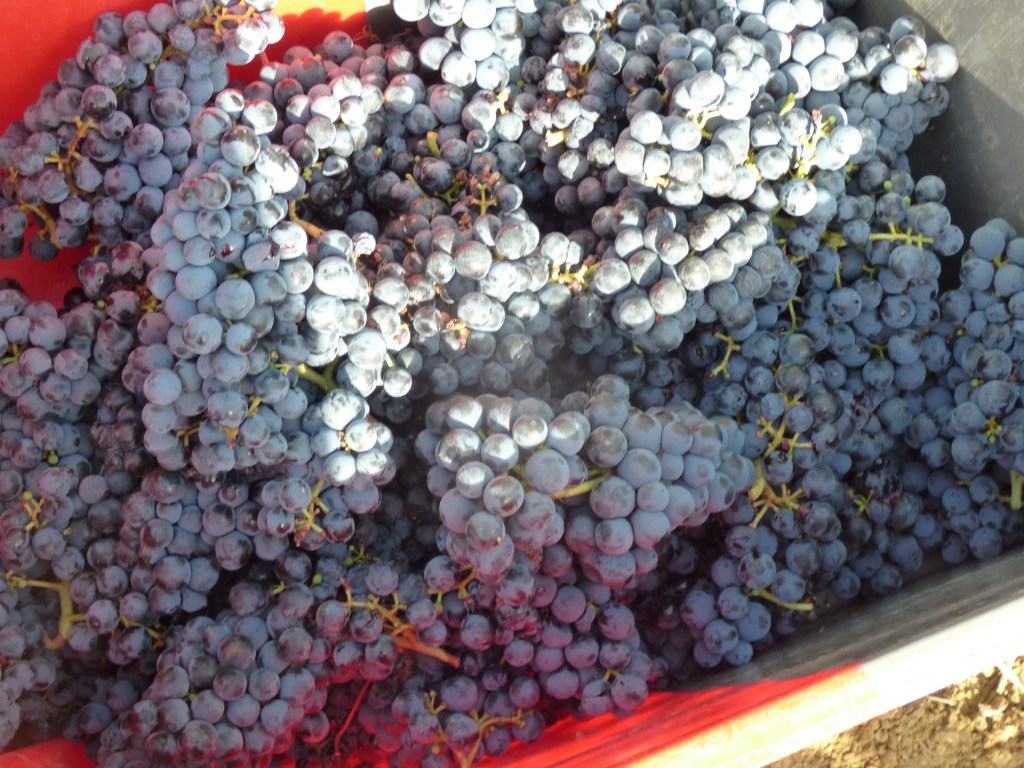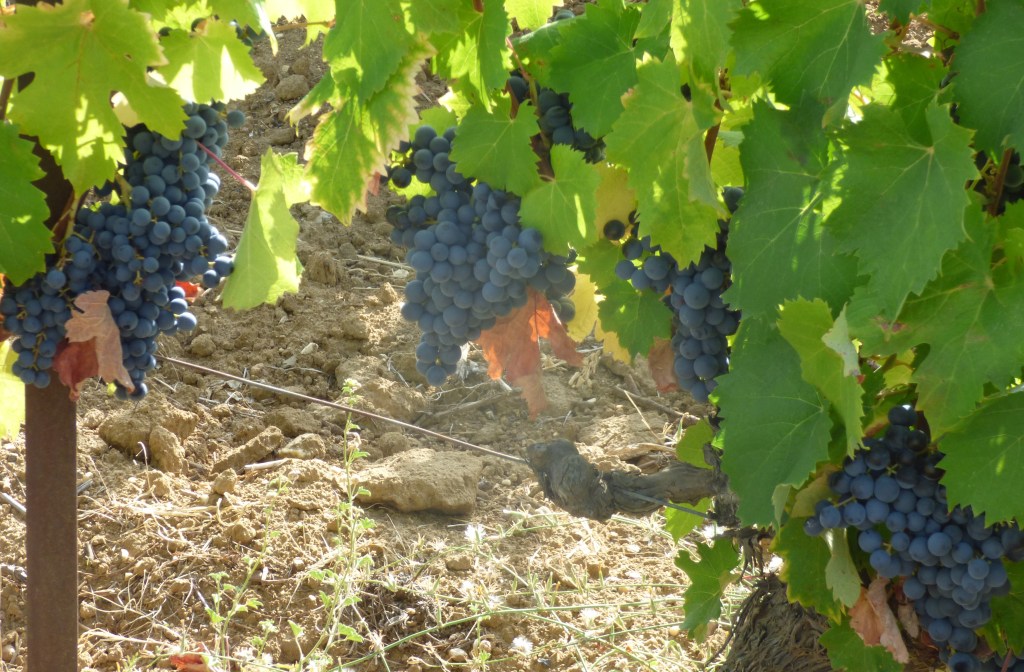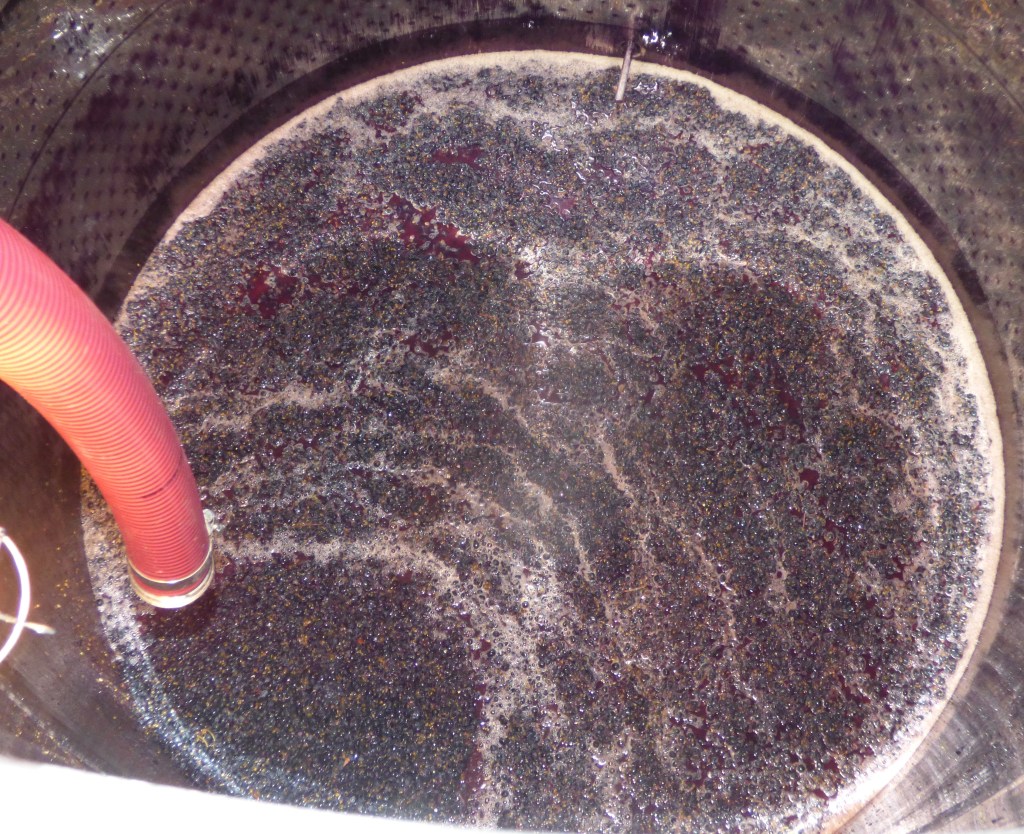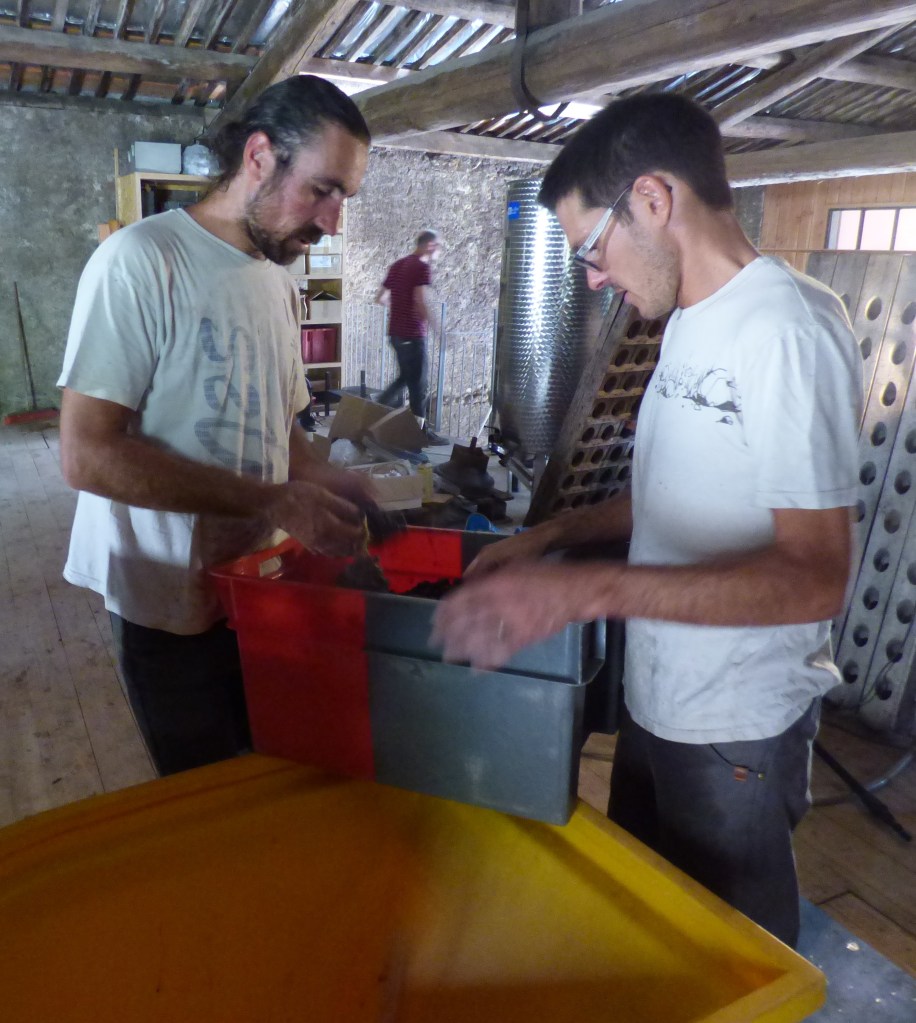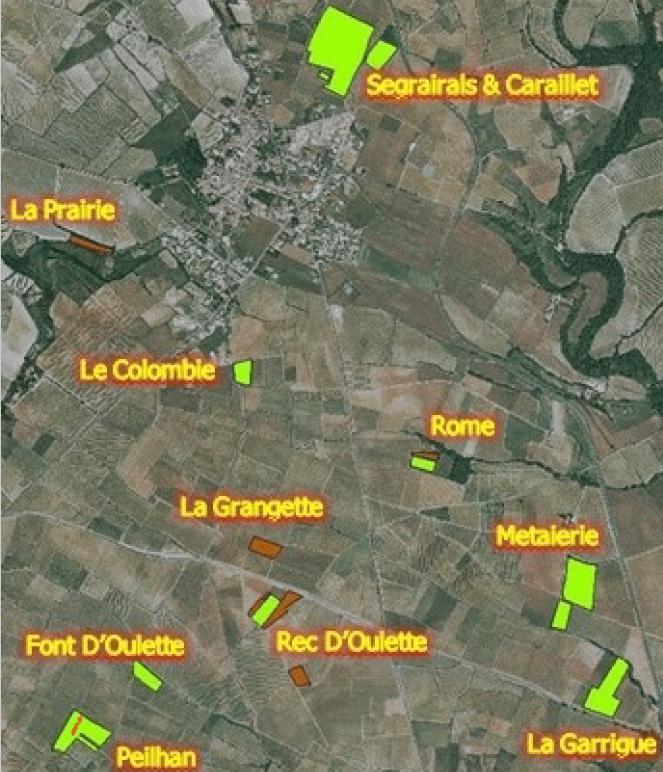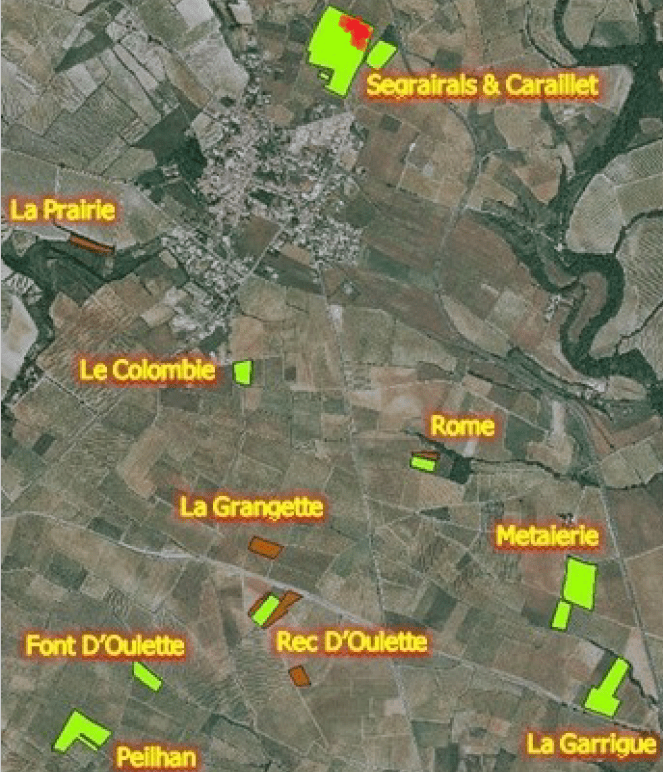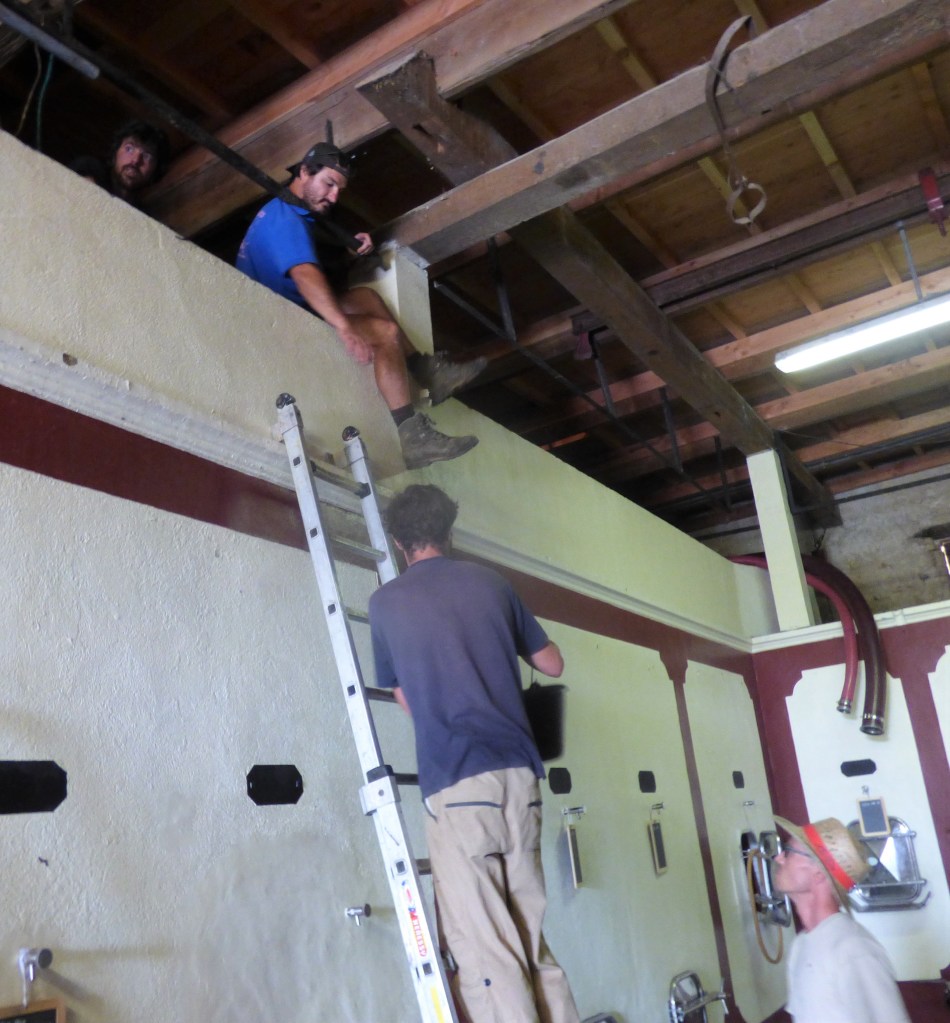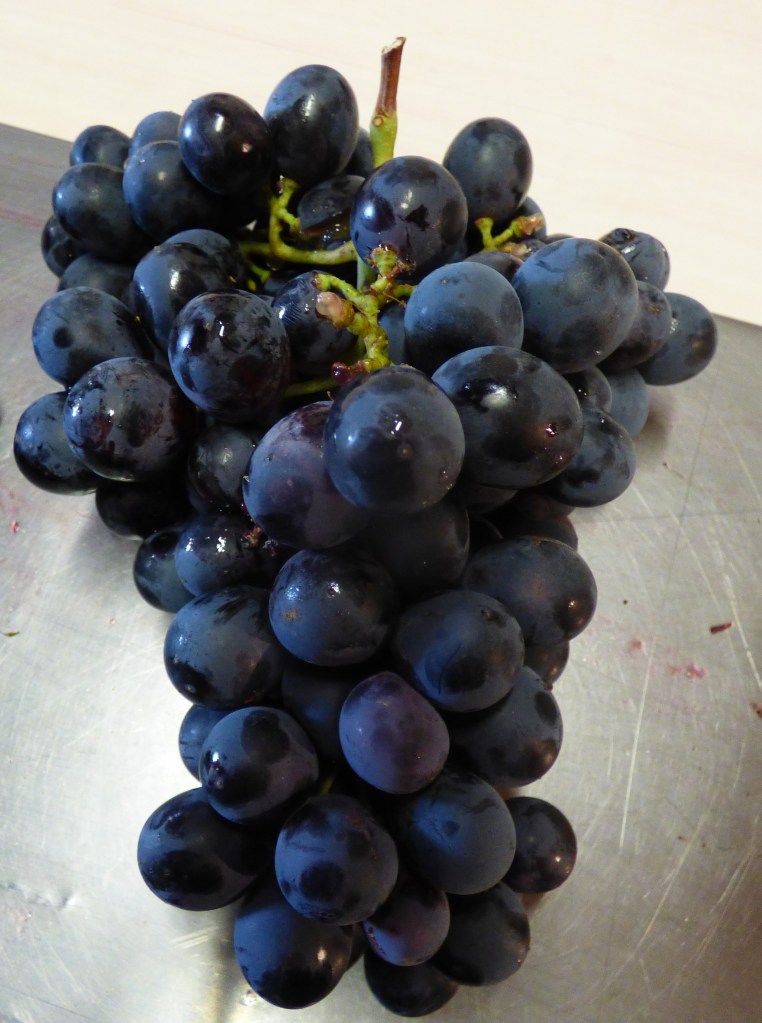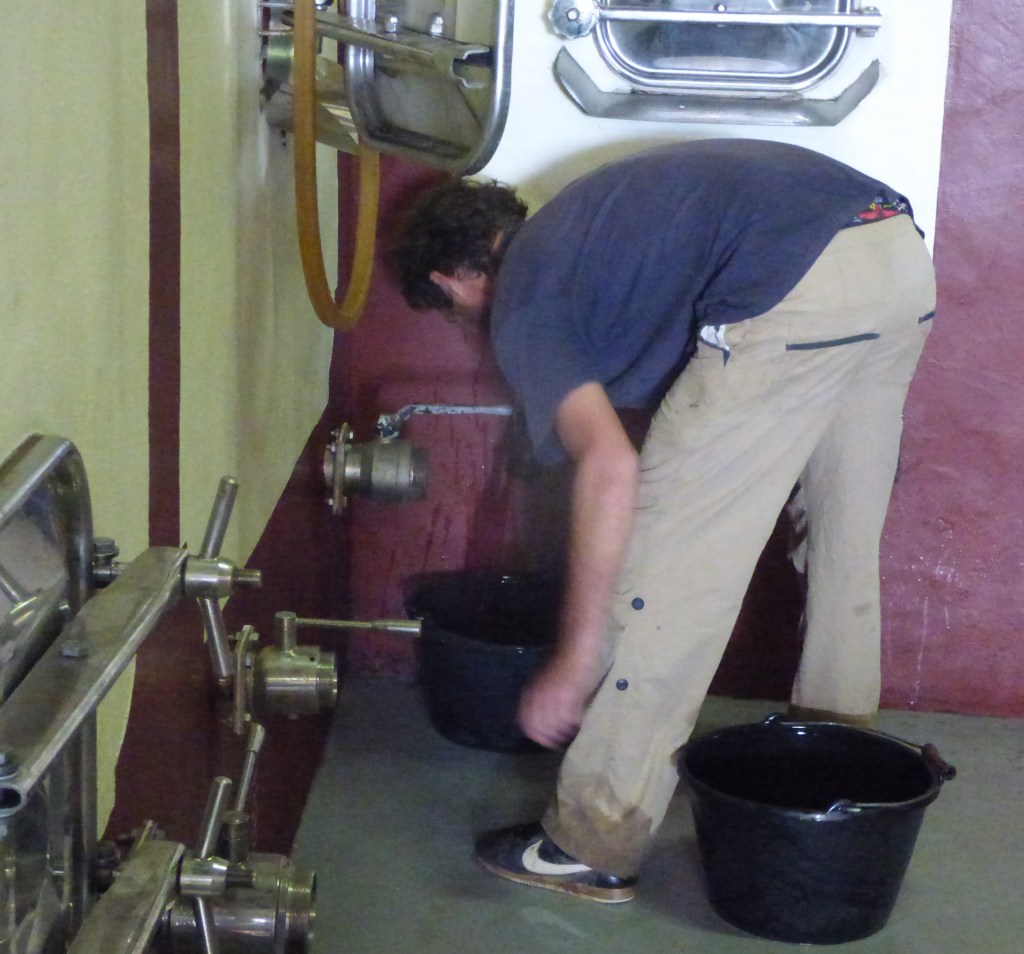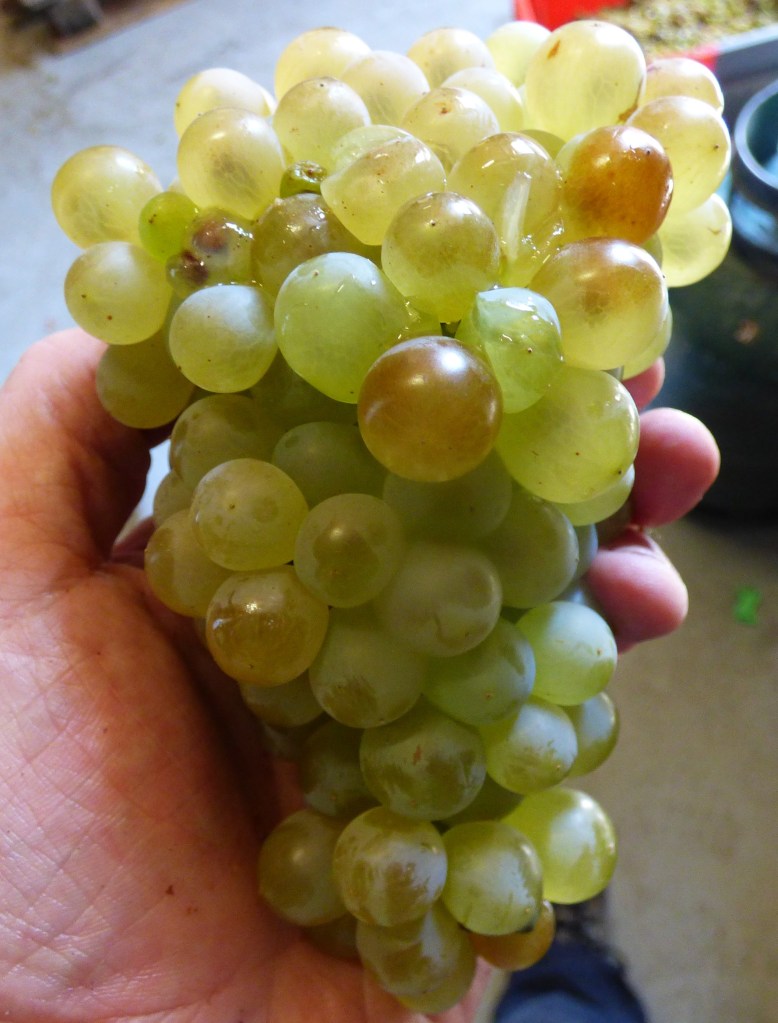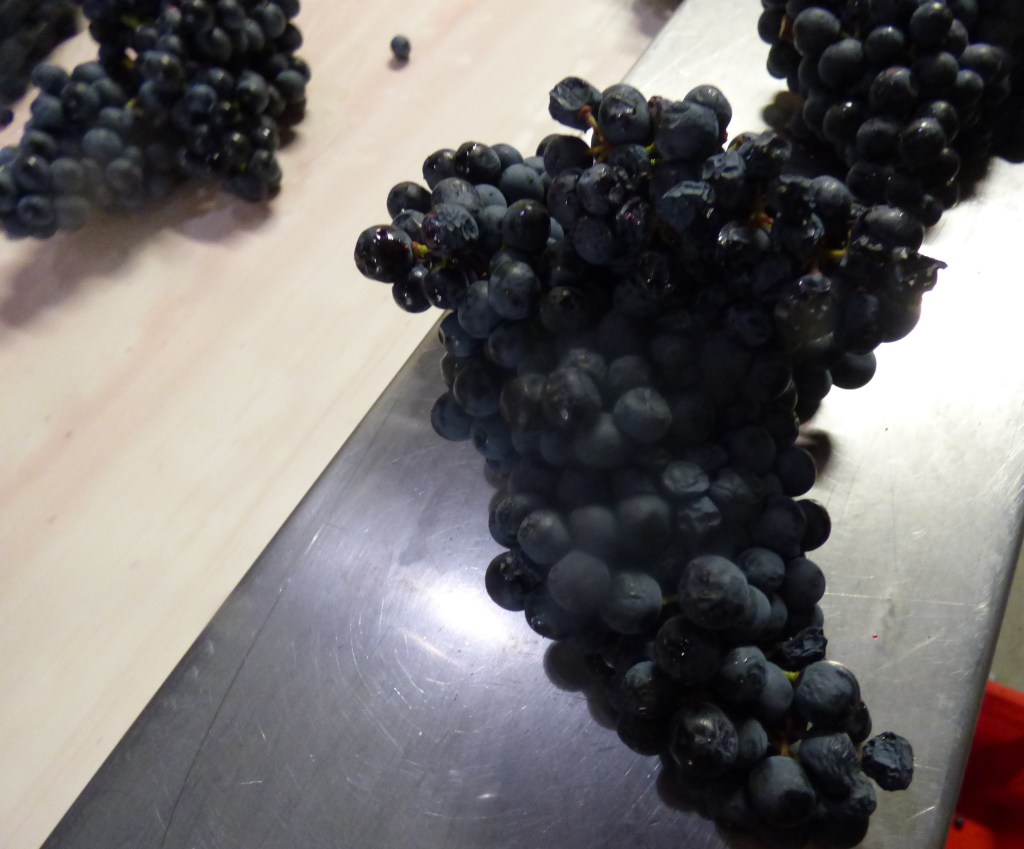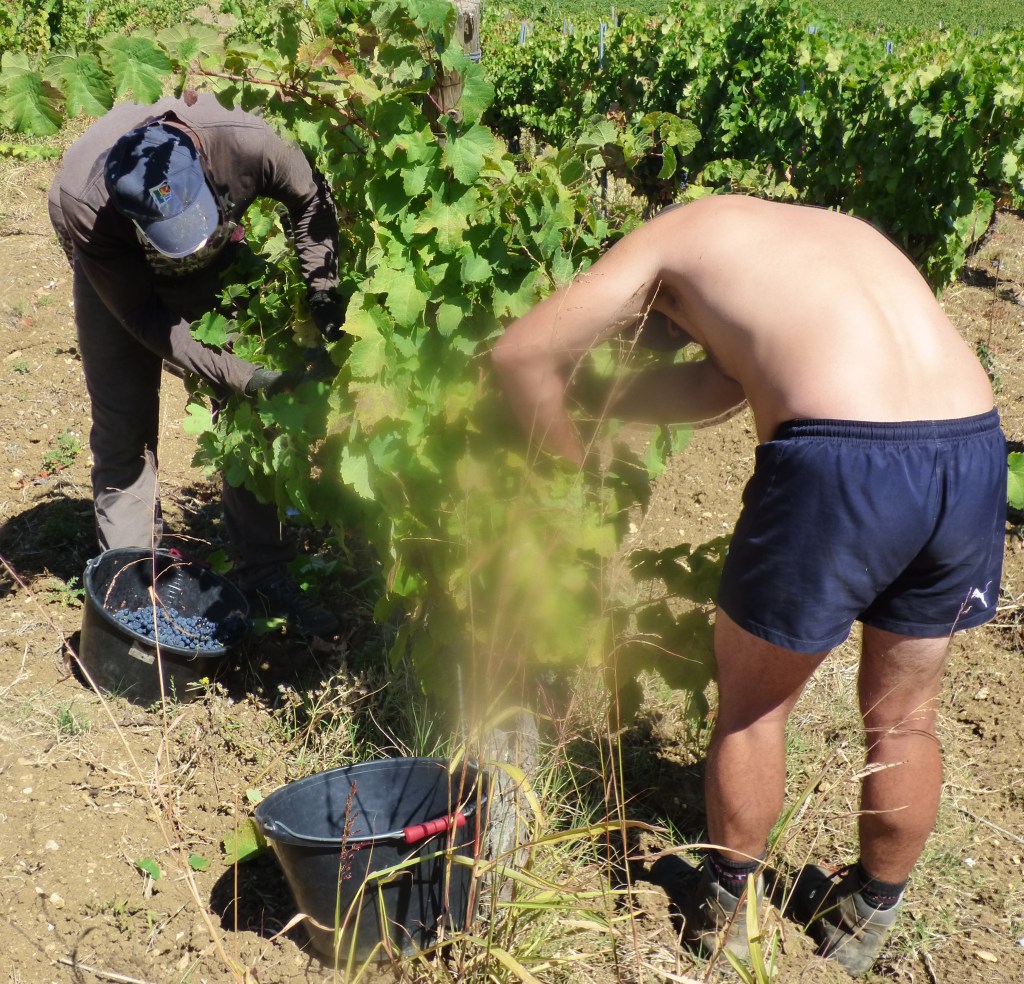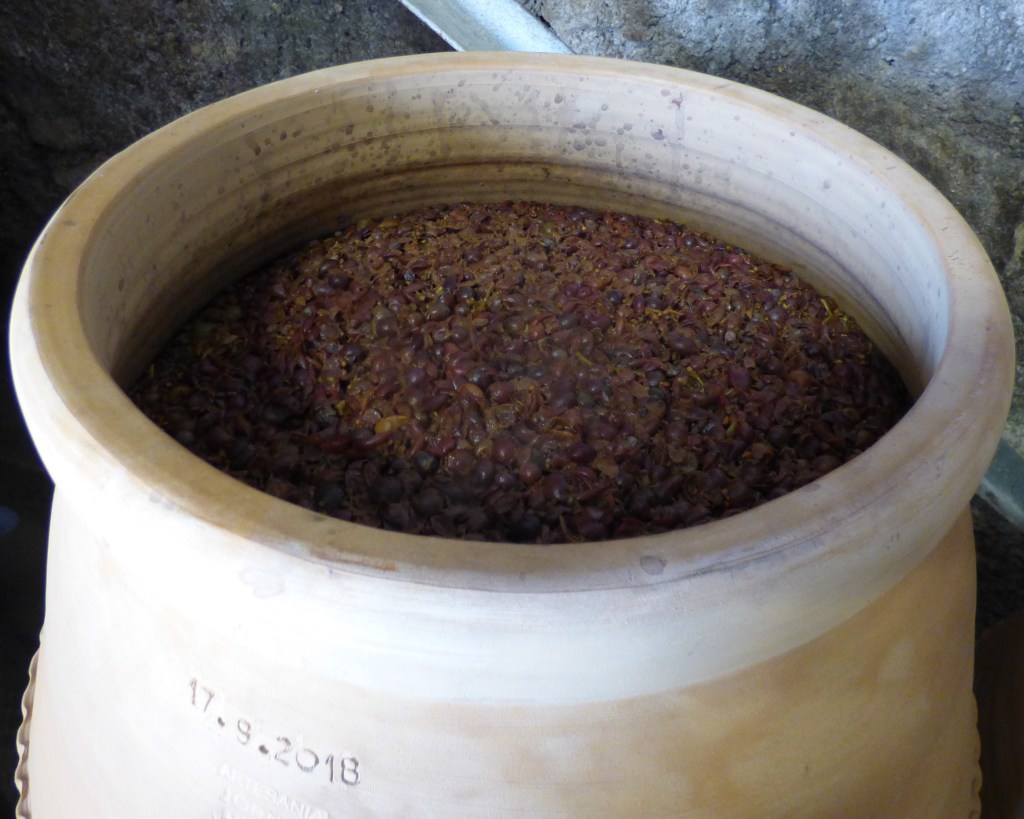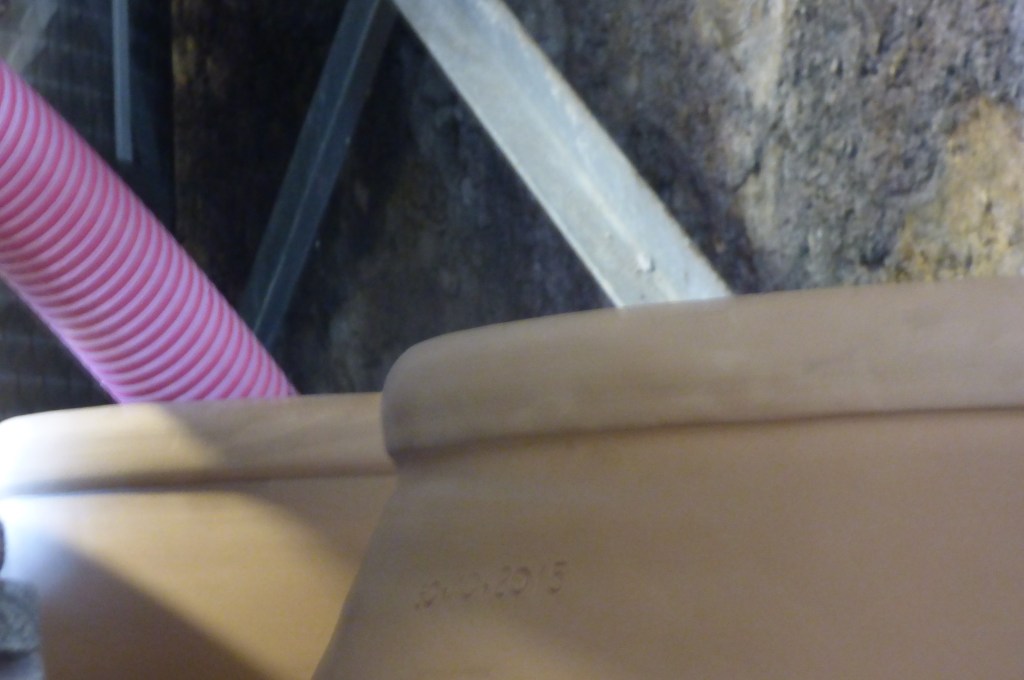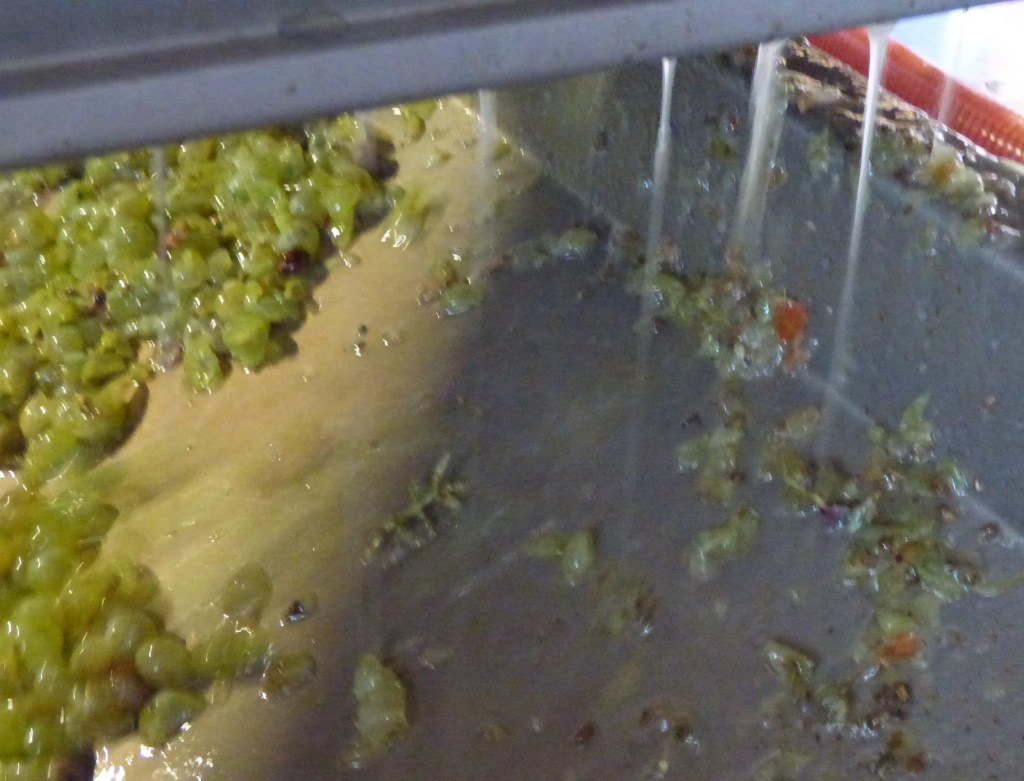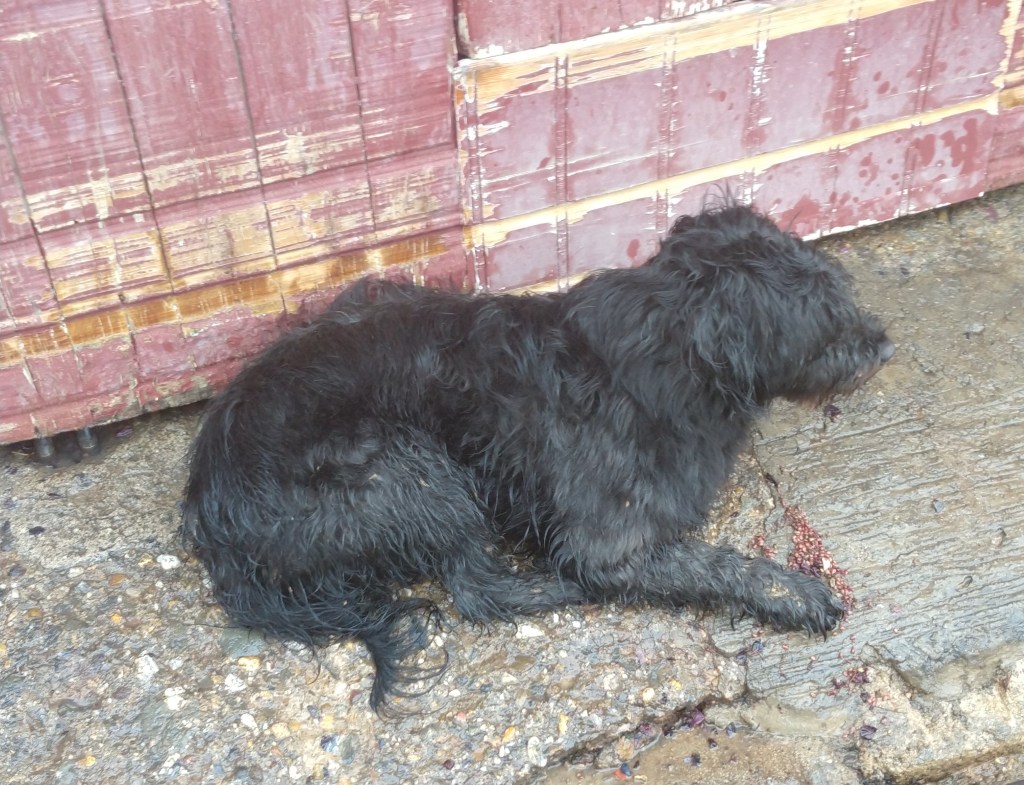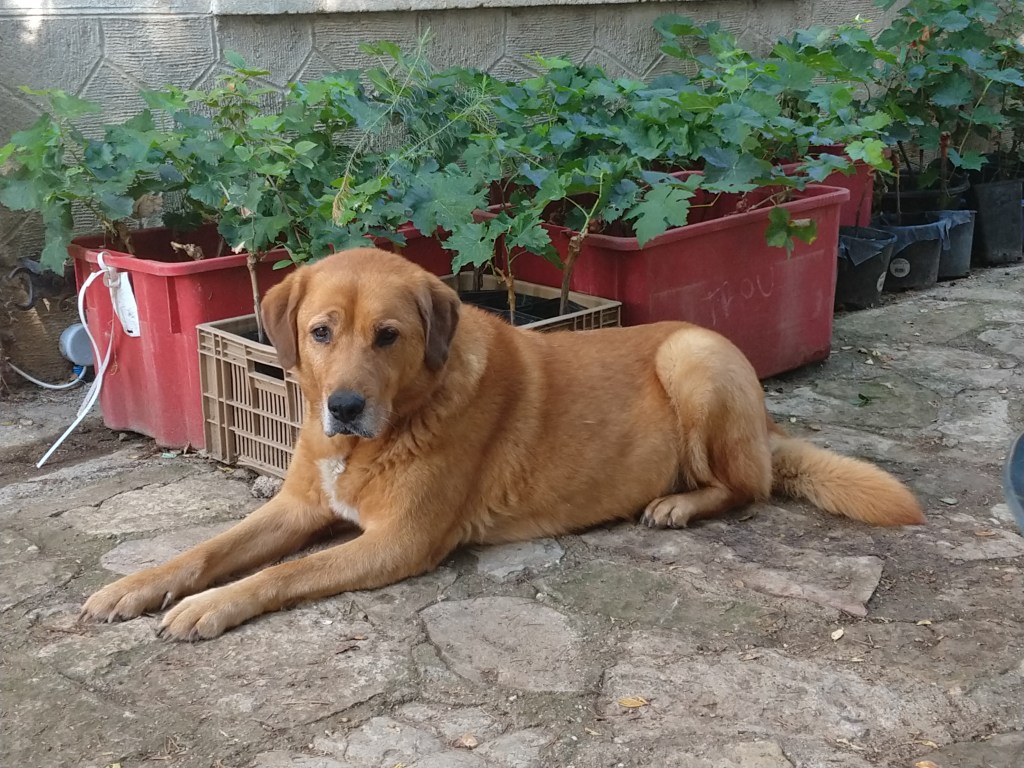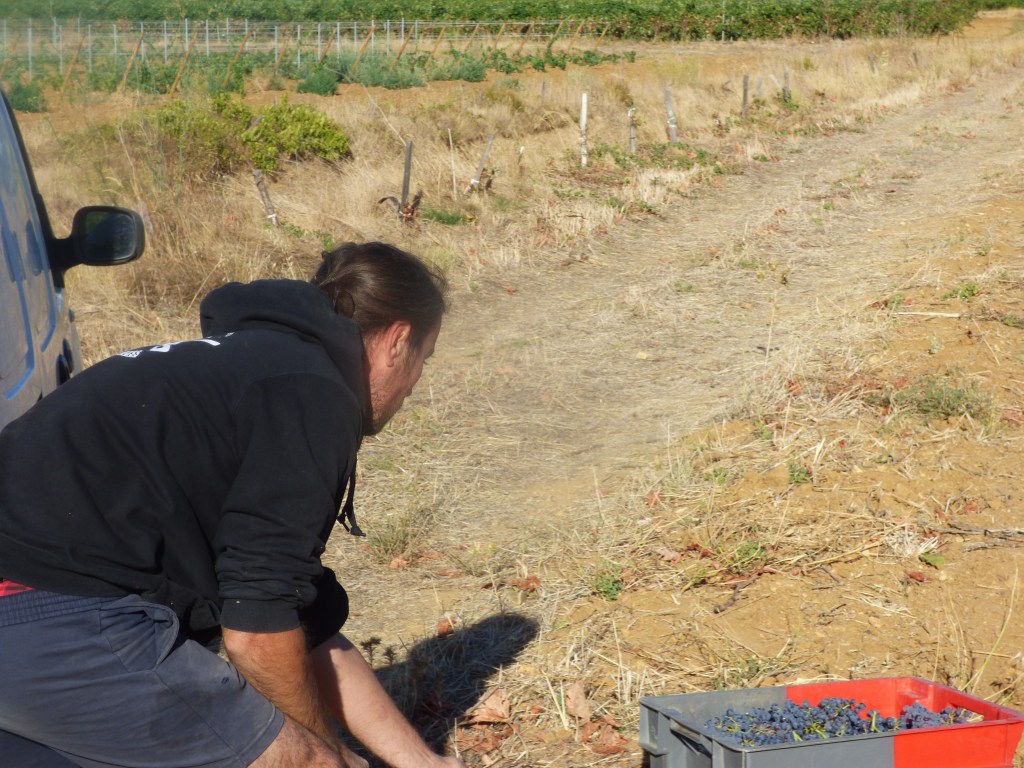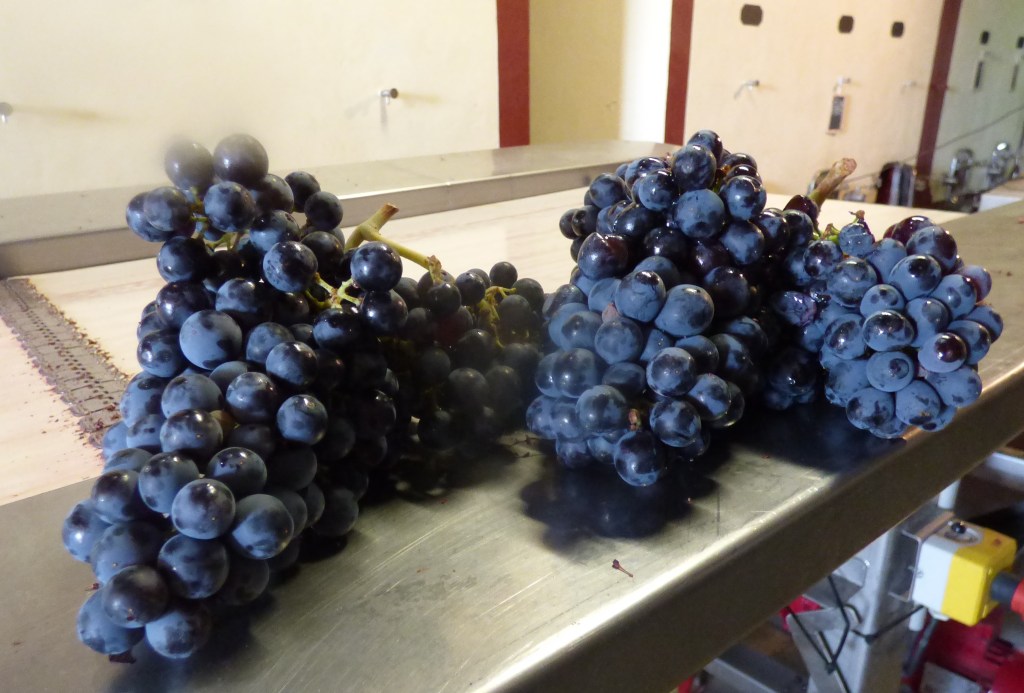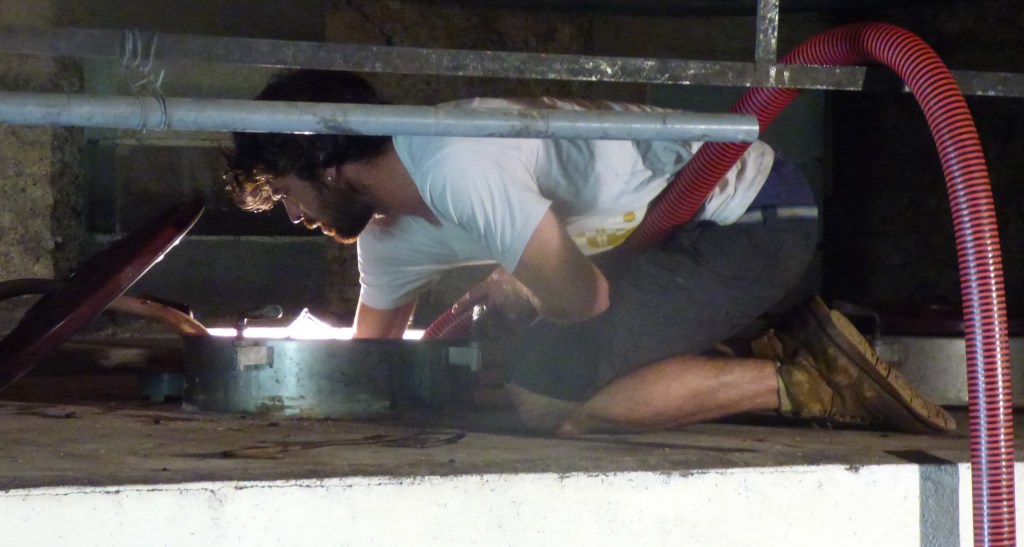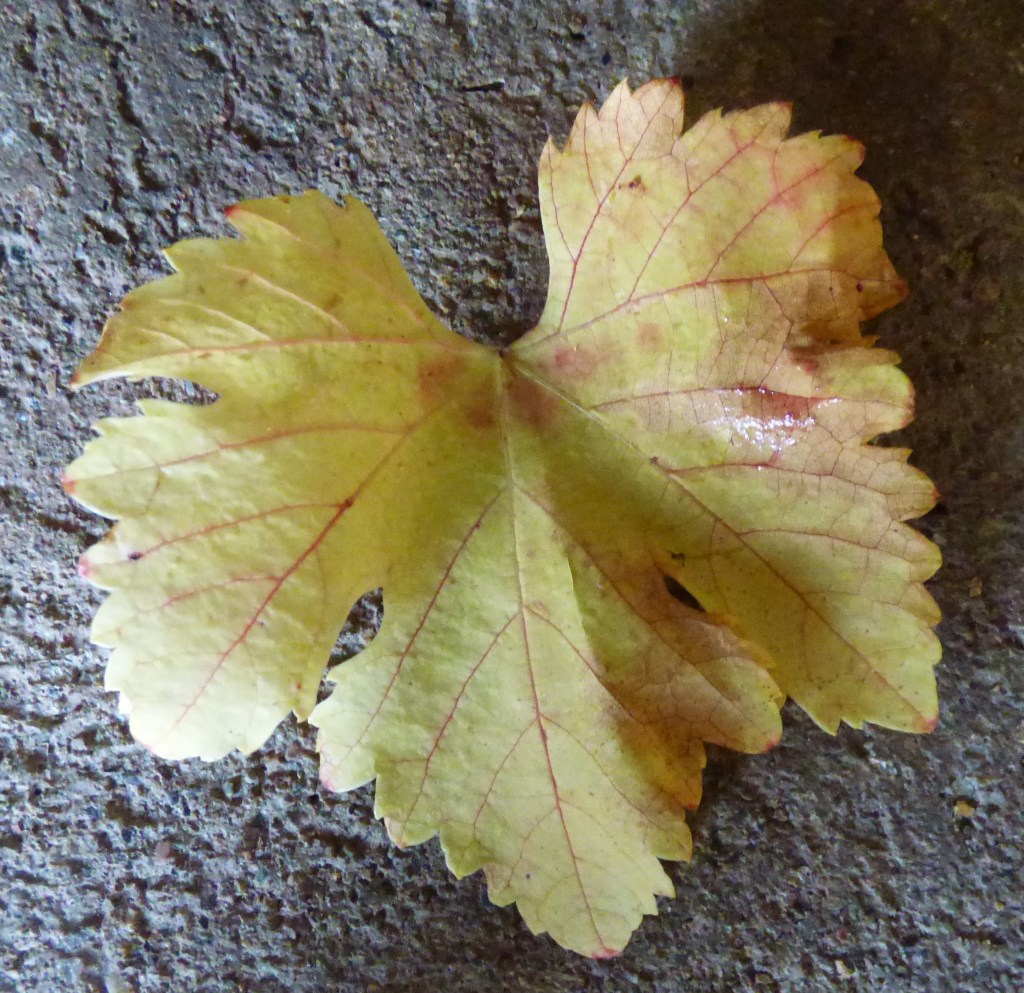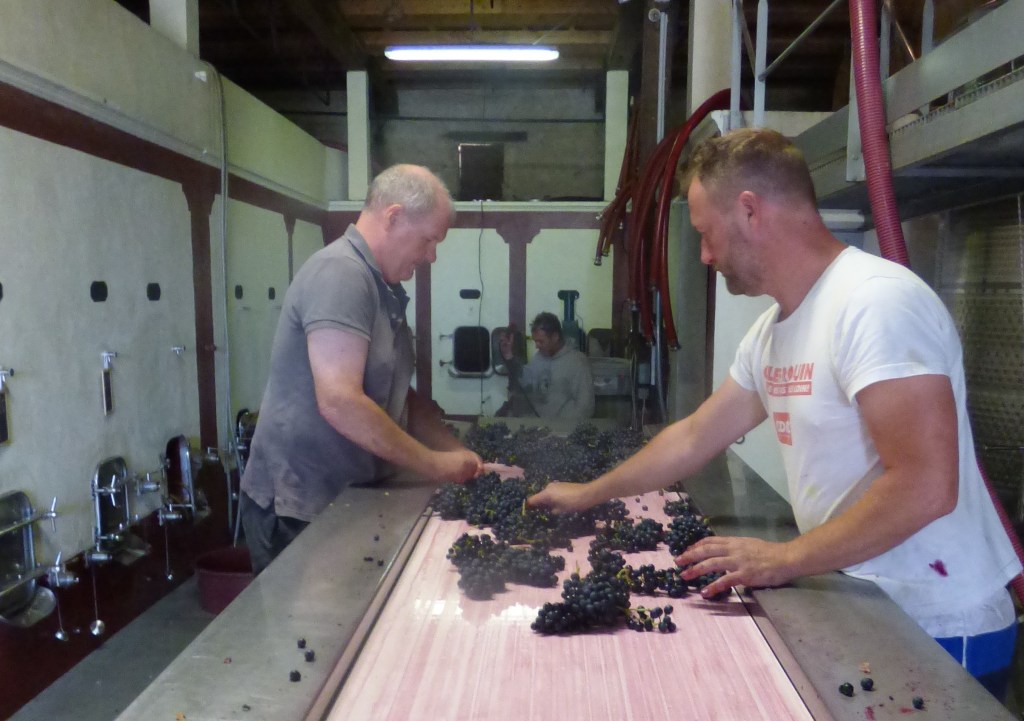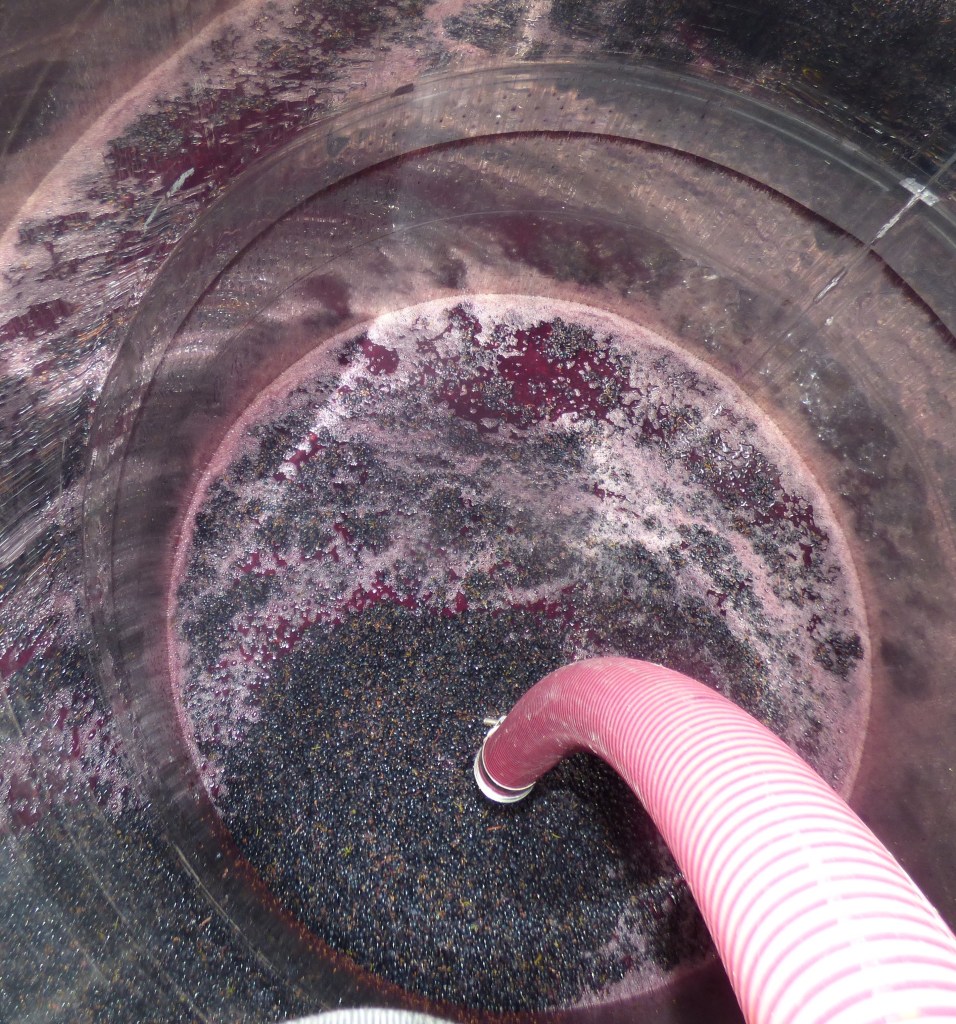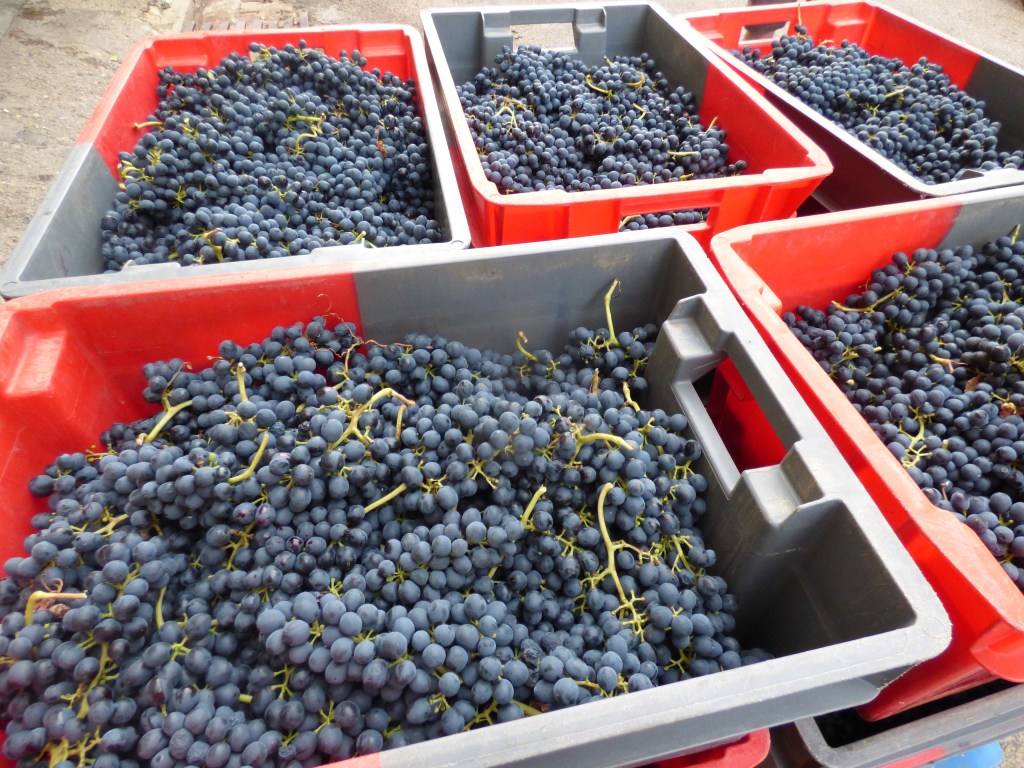Happy New Year to readers, we shall see what 2020 brings. Hopefully more excellent wines like those I described in my last posts on wines of the year.

The last year ended with one piece of sad news with the death of Pierre Galet on December 31st. Galet was the authority on grapes and ampelography. He pioneered means of identifying grape varieties, encouraged the collection and conservation of vines and wrote extensively on them. His Dictionnaire encyclopédique des cépages is authoritative and an endless source of information and fascination for me. Galet’s work will go on through his studies and students, a man who enhanced the world.
Appropriately I took delivery of a new Coutelou wine produced in 2018. It is made up of the many varieties which are planted in the Flower Power vineyard, Font D’Oulette. These include Clairette Musquée (originally the Hungarian Org Tokosi), Delizia Di Vaprio, Aramon Gris amongst the twenty plus varieties, red and white, planted in the parcel. The 2018 vintage was much reduced by the mildew outbreak across the region and this vineyard produced very small quantities, eight cases in total from a parcel of more than half a hectare in area. Consequently Jeff added two more varieties to the mix, Carignan and Castets from Peilhan vineyard to bulk out the quantities. Castets is another rare variety, only recently added to the list of permitted grapes in Bordeaux having almost completely vanished from wine production only ten years ago.
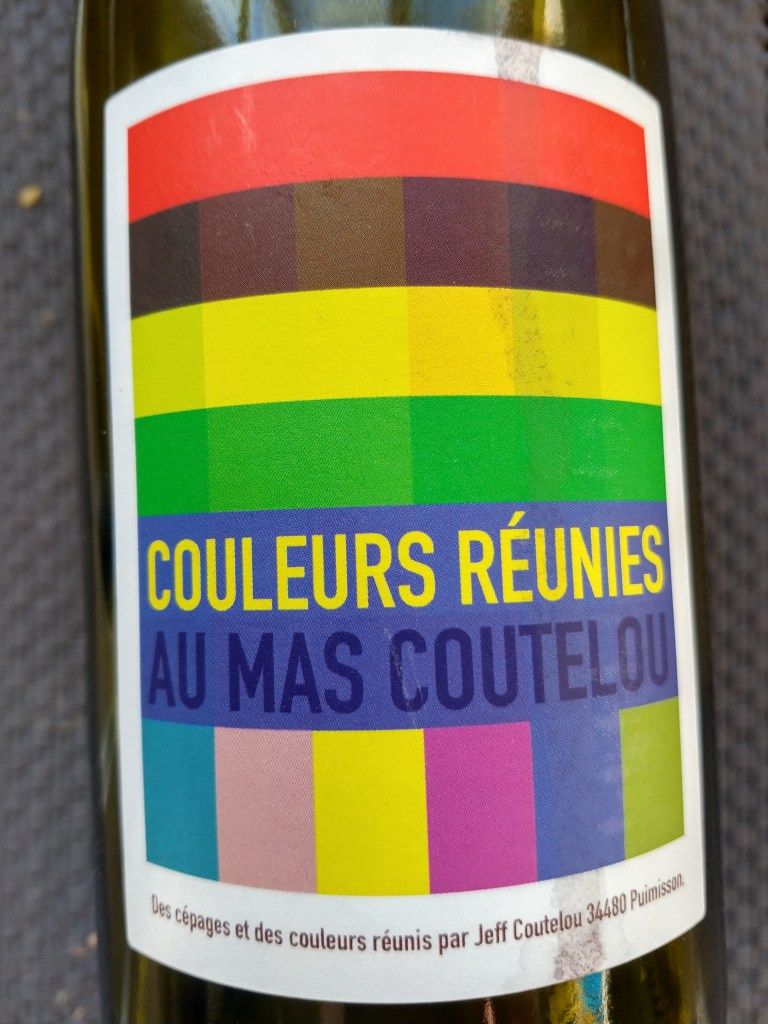
The resulting wine is bottled as Couleurs Réunies and has a most attractive label reflecting that name. The wine itself is youthful, a rich purple in colour with huge black fruit flavours and fresh acidity. It is lovely now but will keep for a few years. A triumph from a very difficult vintage, which is producing excellent wines despite the problems.

And, so, to my last recommended wine from 2019. I promised that I would include one Coutelou wine and though I enjoyed many, many great bottles I finally chose, ironically, a single variety wine. That wine is Mise De Printemps Grenache. Made for early drinking I enjoyed this wine through the year, its red label meaning it was the wine I drank to celebrate Liverpool’s Champions League triumph for example. Lovely red fruits, soft and with a lovely cherry finish. A true vin de plaisir.

